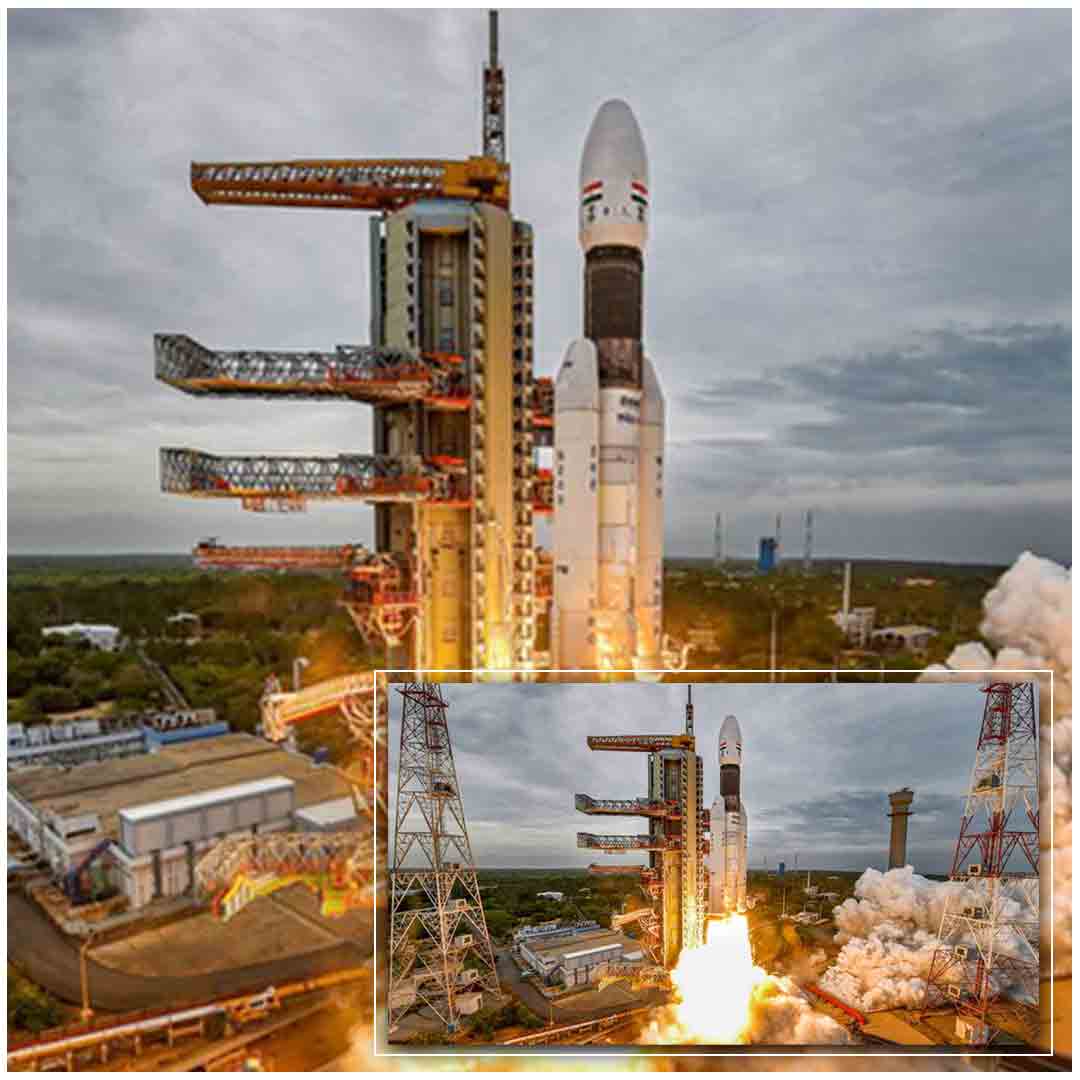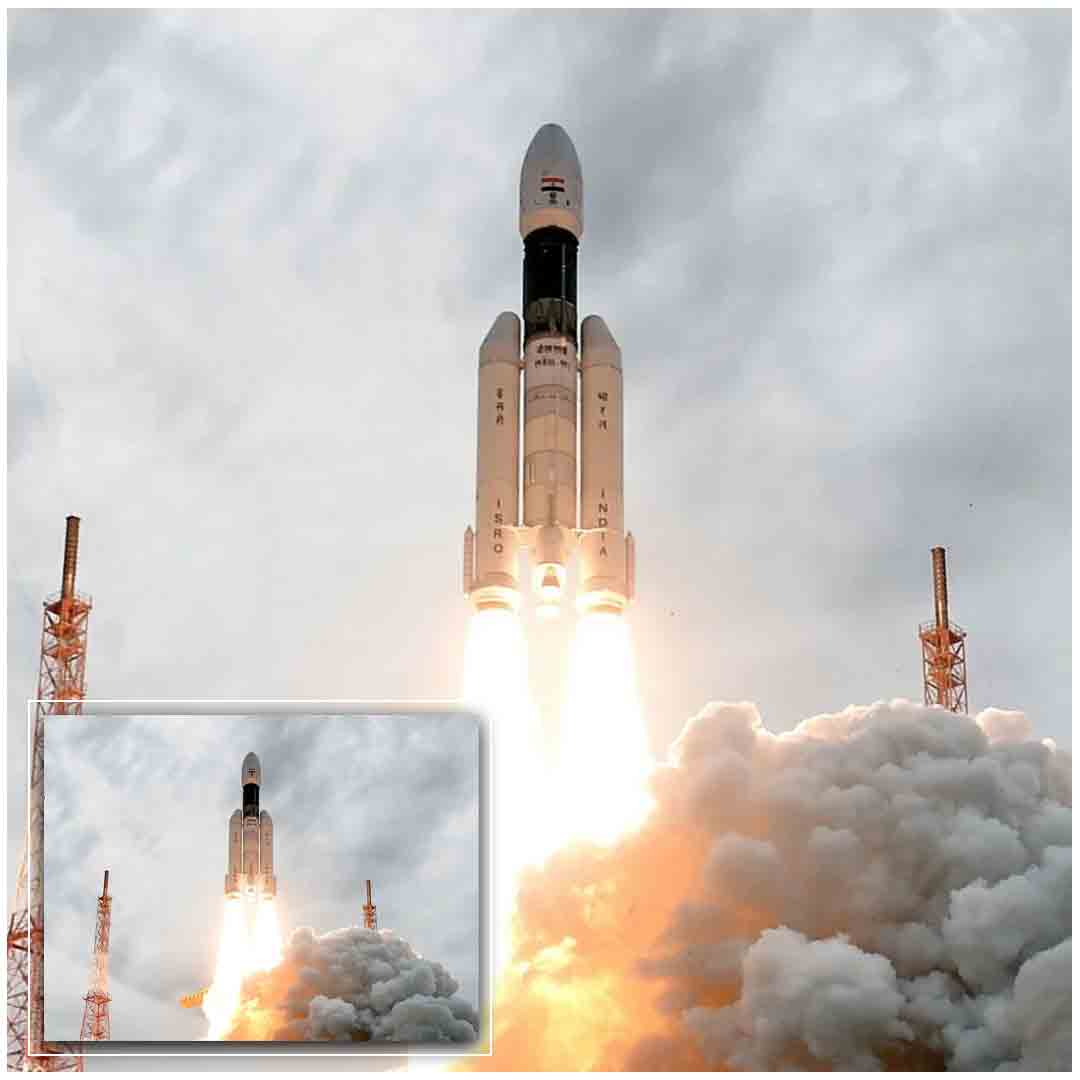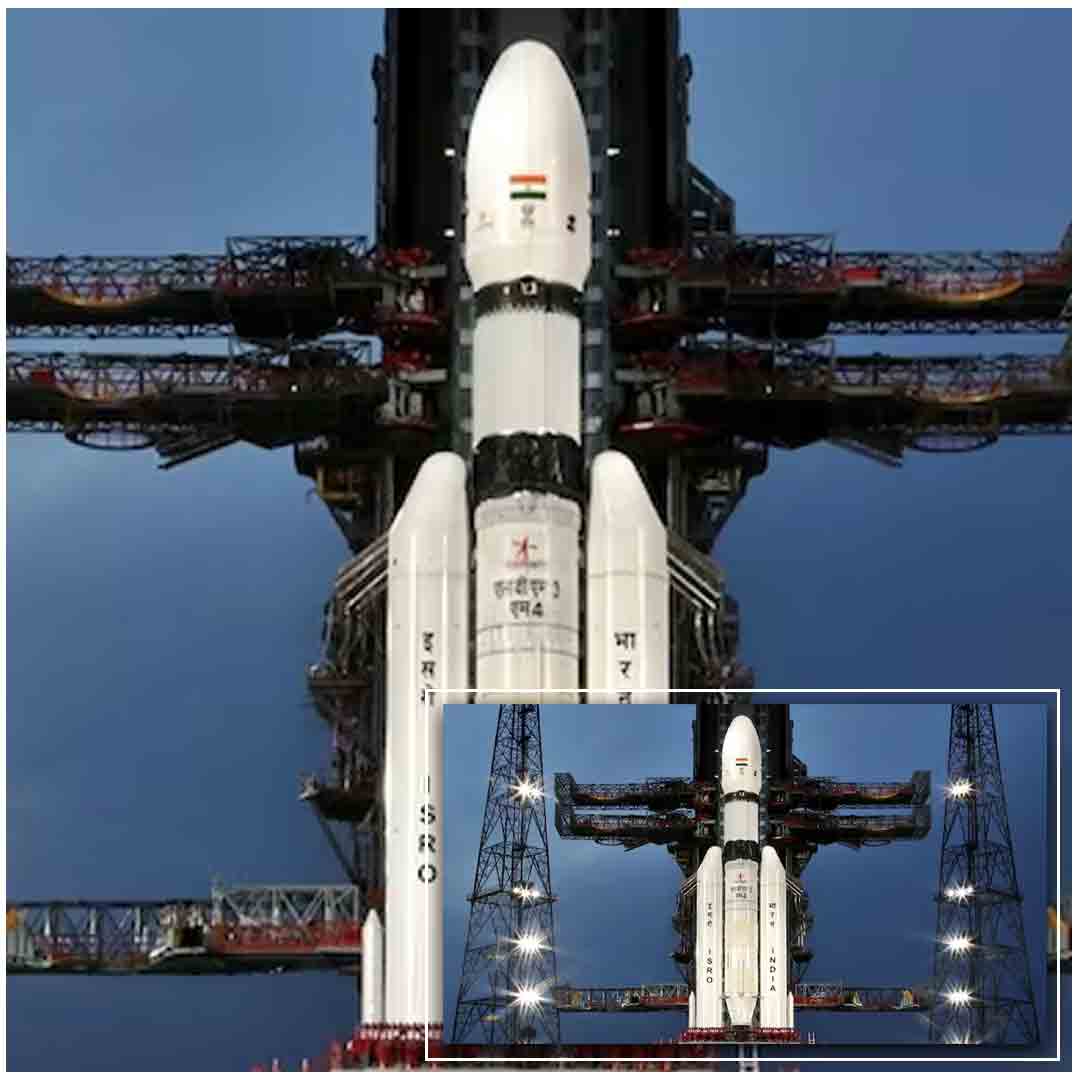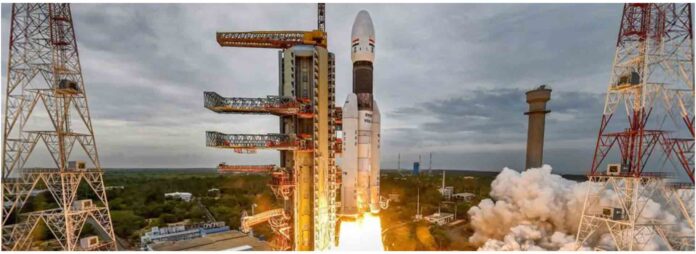India launched its third lunar exploration mission, Chandrayaan-3, today at 2:35 pm IST from the Satish Dhawan Space Centre in Sriharikota, Andhra Pradesh. The mission consists of a lander, a rover and a propulsion module that will carry them to the Moon. The mission aims to demonstrate India’s soft landing capabilities on the lunar surface and conduct scientific experiments with the rover.

What is Chandrayaan-3?
Chandrayaan-3 is a follow-up mission after the crash-landing of Chandrayaan-2 in September 2019 due to a software glitch. Learning from its past instance, ISRO has implemented several improvements in Chandrayaan-3 in order to ensure success this time. Reportedly, it will land on the Moon on August 23.
Chandrayaan-3 does not have an orbiter, unlike Chandrayaan-2, as the orbiter of the previous mission is still functioning and providing data. Instead, Chandrayaan-3 has a propulsion module that will act as a communication relay satellite between the lander and the Earth. The propulsion module will also carry a Spectro-polarimetry of Habitable Planetary Earth (SHAPE) payload to study the spectral and polarimetric measurements of earth from the lunar orbit.
The lander of Chandrayaan-3 is named Vikram, after the father of India’s space programme, Dr. Vikram Sarabhai. It is equipped with ‘lander hazard detection and avoidance cameras’ to avoid obstacles during landing. It also has four throttleable engines to control its descent and landing. The lander has four scientific payloads: Instrument for Lunar Seismic Activity (ILSA), Chandra’s Surface Thermo-physical Experiment (ChaSTE), Radio Anatomy of Moon Bound Hypersensitive Ionosphere and Atmosphere (RAMBHA) and Laser Retroreflector Array (LRA).
The rover of Chandrayaan-3 is named Pragyan, which means ‘wisdom’ in Sanskrit. It is a six-wheeled robotic vehicle that can travel up to 500 metres on the lunar surface. It has two scientific payloads: Laser Induced Breakdown Spectroscope (LIBS) and Alpha Particle Induced X-ray Spectroscope (APIXS). These instruments will analyse the elemental composition of the lunar soil.

Why is Chandrayaan-3 important?
A successful mission would see India enter an elite club of nations achieving such a feat, the others being the United States, China and the former Soviet Union. It would also boost India’s confidence and reputation in the field of space exploration and technology.
Chandrayaan-3 will also contribute to the scientific understanding of the Moon, especially its south polar region, which is of interest for future human and robotic missions. The south pole of the Moon has craters that are permanently shadowed and may contain water ice and other volatiles. The rover will also test new technologies such as wireless communication, autonomous navigation and solar power generation.
Chandrayaan-3 is also a precursor to the Lunar Polar Exploration Mission (LPEM), which is planned in collaboration with Japan for 2025. The LPEM will aim to land near the south pole of the Moon and conduct more extensive studies with a larger rover and a sample return module.

How to watch Chandrayaan-3 launch live?
The launch of Chandrayaan-3 can be witnessed live on various platforms. ISRO will stream the launch on its official website, YouTube channel, Facebook page and Twitter handle. The event will also be broadcasted live on Doordarshan and other news channels. Science enthusiasts can also follow these links for the latest updates and streaming of the launch:
Let us wish ISRO and Chandrayaan-3 team all the best for this historic mission and hope for a successful landing on the Moon. Jai Hind!






















